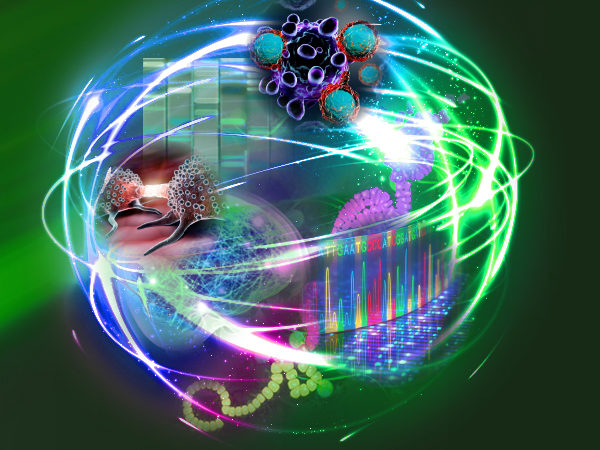At a virtual conference hosted by the American Association for Cancer Research (AACR), April 10-15 2021, preliminary results of mRx-7 were presented by Prof Peter Leedman. The AACR Annual Meeting program covers the latest discoveries across the spectrum of cancer research—from population science and prevention; to cancer biology, translational, and clinical studies; to survivorship and advocacy—and highlights the work of the best minds in research and medicine from institutions all over the world.
microRNA-7 replacement therapy: a promising approach for hepatocellular carcinoma – Presented by Prof Peter Leedman
Hepatocellular carcinoma (HCC) is increasing in incidence, has a very poor prognosis and presents massive global unmet clinical need. Current treatment of advanced HCC with sorafenib and other targeted therapies offers short-term relief with little significant clinical advantage. New approaches to the treatment of HCC are urgently needed. Non-coding RNAs, including small interfering RNAs (siRNAs) and microRNAs (miRNAs), are gaining prominence in clinical medicine as potential diagnostics and therapeutics. The introduction of 2nd generation synthetic chemistry has led to dramatic stabilization of siRNAs and miRNAs producing prolonged effects on target gene expression. This has led the FDA to approve multiple RNA-mediated drugs starting in 2018, the first being a siRNA drug, Patisiran. A second major advance in the RNA-therapeutics field is the specific targeting of the liver by conjugating a galactose moiety (GalNAc) to the passenger RNA strand. This enables the dsRNA to be selectively and efficiently taken up by the asialoglycoprotein receptor (ASGPR) on the hepatocyte. The recent FDA approval of Givosiran, based on its clinical success in patients with porphyria using an ALAS-1 siRNA-GalNAc, illustrates the clinical utility of this system. We have shown that miRNA-7 (miR-7), a tumor suppressor miRNA, is a powerful inhibitor of HCC cell viability, via marked inhibition of EGFR, TYRO3, P-Akt and caveolin-1 signaling pathways. In vivo, miR-7 is a potent inhibitor of HCC tumor growth. In addition, miR-7 readily overcomes sorafenib resistance in multiple HCC cell lines. We utilized 2nd generation synthetic chemistry to develop a novel mimic of miR-7, mRx-7, for the treatment of HCC. mRx-7 is a significant inhibitor of HCC in vitro and is also substantially more stable than commercially available miR-7. In addition, we have engineered a liver-specific version of mRx-7 (mRx-7-GalNAc), which is a conjugate of mRx-7 plus GalNAc, and is a potent inhibitor of multiple signaling pathways, including P-Akt. Taken together, these data suggest that mRx-7 and mRx-7-GalNAc hold promise as novel HCC therapeutics.


